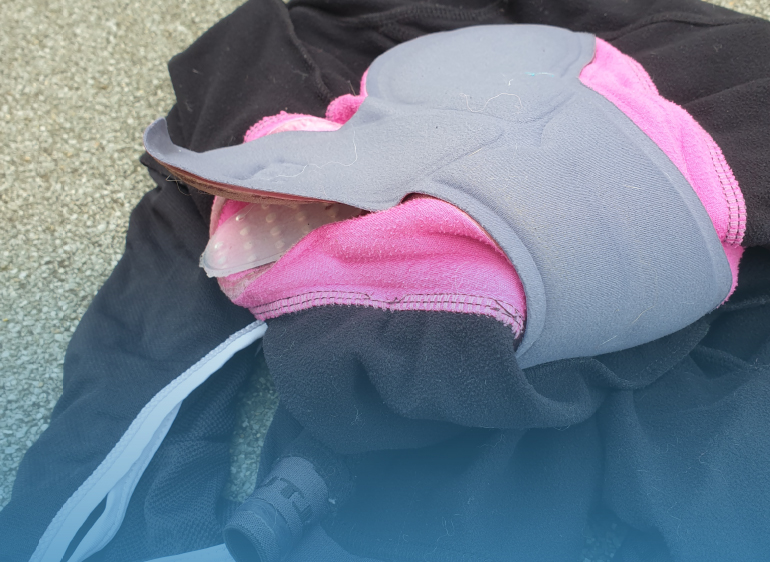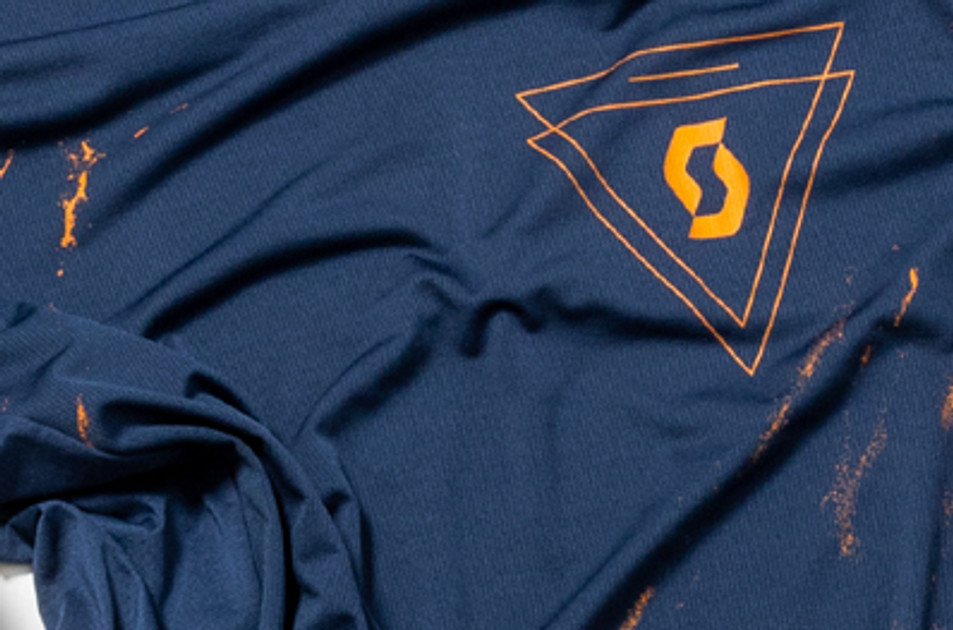
How to wash your cycling kit?
Nowadays, cycling clothes are increasingly more technical, and waterproof and windproof garments utilise advanced technologies. While staying dry, comfortable and protected from the elements is paramount when you purchase cycling clothes, it is also vital to know how to look after these garments to get the most out of them.
This guide will give you some care basics to help you maintain your cycling jerseys, cycling bibs, cycling jackets and overtrousers.
First and always, you should read the label and follow the manufacturer's recommended washing instructions.
Washing Cycling Jerseys and Bibs.
Made with technical fabrics, cycling jerseys, tops and bike bibs, while tough against the elements, require some TLC to keep them going for longer. Synthetic textiles, like polyester and polypropylene, are used to make these garments' wicking properties, but it also means that they are susceptible to heat and certain chemicals.
Because of this, we recommend the following to wash them:

BY HAND:
This is the best option for a gentle wash.
Use non-bio detergent or, better yet, technical garment-specific cleaners designed with to be extra gentle on performance garments.
WASHING MACHINE WASH:
If your cycling clothes are heavily soiled, or you prefer using your washing machine, you should use its delicate/synthetic setting on a low spin and low heat. Before adding non-bio detergent or technical clothing specific cleaner, ensure you cleaned your washing machine drawer of all detergent residues, as this could damage your cycling tops and bottoms.

Washing Waterproof and Windproof Cycling Clothes.
Protecting you from the elements, your waterproof cycling jackets and trousers require a little care when it comes time to wash them.
Waterproof jackets and trousers are made of several layers. These layers ensure the breathability and waterproofness of these garments.
However, this layering system is fragile when exposed to the wrong detergents and too high a heat of a washing temperature.
For that reason, we recommend you follow the steps below when washing your cycling clothes.

Let it dry.
First, after each outing, let your cycling jackets and trousers dry at room temperature. Avoid drying too close to a heat source like a radiator or fireplace.
Once dry, if your garment is dirtied with mud, shake it to remove the dried soil. With a soft sponge, being careful not to rub too hard, remove the remainder of the dried mud if needed.

Wash.
If your jacket or overtrousers are smelly or heavily soiled, you can give them a thorough wash by hand or machine.
Always follow the care instructions of your garment to avoid damaging the DWR (Durable Water Repellent) layer of the fabric. Close all the zips and velcros. Clean the drawer of your machine before using non-bio liquid detergent or a specific waterproof clothes cleaner. We always recommend you use your machine's lowest spin and delicate setting unless the care label says otherwise. Don't use fabric softener when washing windproof or waterproof cycling clothes as this will affect the garment's performance.
Dry

Once washed, the jacket or overtrousers should be air dried away from a direct heat source. Ideally, hang your garment or lay it flat on a clothes airer.
Whatever you do, never iron your waterproof or windproof cycling clothes. Doing so will irreparably deteriorate the impermeability of your clothes.
Your garment is now dry and clean, but you realise it isn't as waterproof as it used to be. Do not worry. There is a way to reactivate the DWR layer to add life to your cycling clothes.

Reactivating the DWR
The Durable Water Repellent layer of any waterproof or windproof top or bottom will fade with time. To revive it, you can use DWR sprays. DWR sprays are easy to use and add life to your cycling waterproofs. All you need to do is spray your garment after you have washed and dried it. Make sure you cover the entire outer surface of your jacket or trousers for the best results.
Store
Finally, you might not take your waterproof and windproof layers out on every ride. The best way to store your jacket and trousers when you're not using them is to stow them on hangers.
The folds created when folded or rolled into a wardrobe or backpack can create weak points in the fabric and gradually end up in tears.
Washing Cycling Accessories.



As for your other cycling kit, use delicate laundry cycle and detergent and follow the care label of your cycling gloves, overshoes and socks. We recommend a laundry bag to protect these small items and keep them together. Gloves should be turned inside out, and your overshoes zips and velcros closed. If possible, avoid mixing your fragile gloves and heavy zipped overshoes.
Top tips for caring for your cycling clothes.

Always follow the manufacturer's care instructions.
Because every performance garment is built differently, you should always refer to the individual care label of your cycling clothes before washing them.
Clean your kit as soon as you come home from a ride.
Sweat contains a lot of salt, and salt destroys fabrics. It is good practice to clean your cycling gear as soon as you come home. If you don't have time to do a complete wash, you can always jump in the shower with your gear on and give it a quick rinse. Let it drip dry until you can do a proper wash.
Do not use dryers.
Excessive heat damages the lamination of your waterproof clothes, dries out the leather of your gloves, and can melt your cycling jerseys and bibs.

Dryer heat and spin are too harsh on performance clothes and can damage your jerseys and cycling shorts like these poor Altura bib shorts. After an accidental turn in the dryer, the full chamois seat of the bibs delaminated and exposed the comfort padded gel rendering the shorts unusable.
Do not use fabric softeners.
Fabric softeners in their liquid or paper sheet forms are to be banned from your washing equipment when performance clothing comes to play.
Turn clothes inside-out.
Turn clothes inside-out, especially with top-loading washers; it helps prevent abrasion on surface layers.
Velcros and Zips
Make sure you always close every zip and velcro and empty your pockets. Finding a melted gel after a wash cycle isn't a good experience.
Tennis ball
We know we just said to never use the dryer, but there is one time when using one will be beneficial. If you just washed a feather down mid-layer, it can come out of the machine all clumpy and might be hard to dry completely. To dry these warm jackets, use your dryer on a low heat setting for 5 minutes and toss a tennis ball with the lot. Doing this will break up the clumps and ensure the down filling gets fluffed up.




